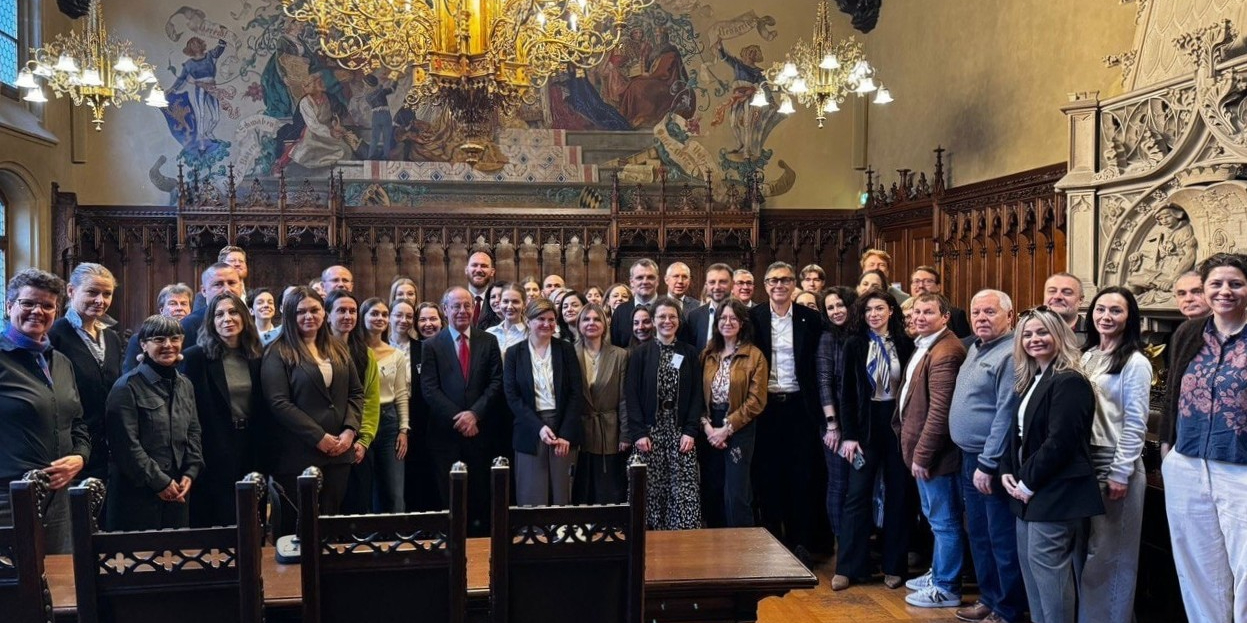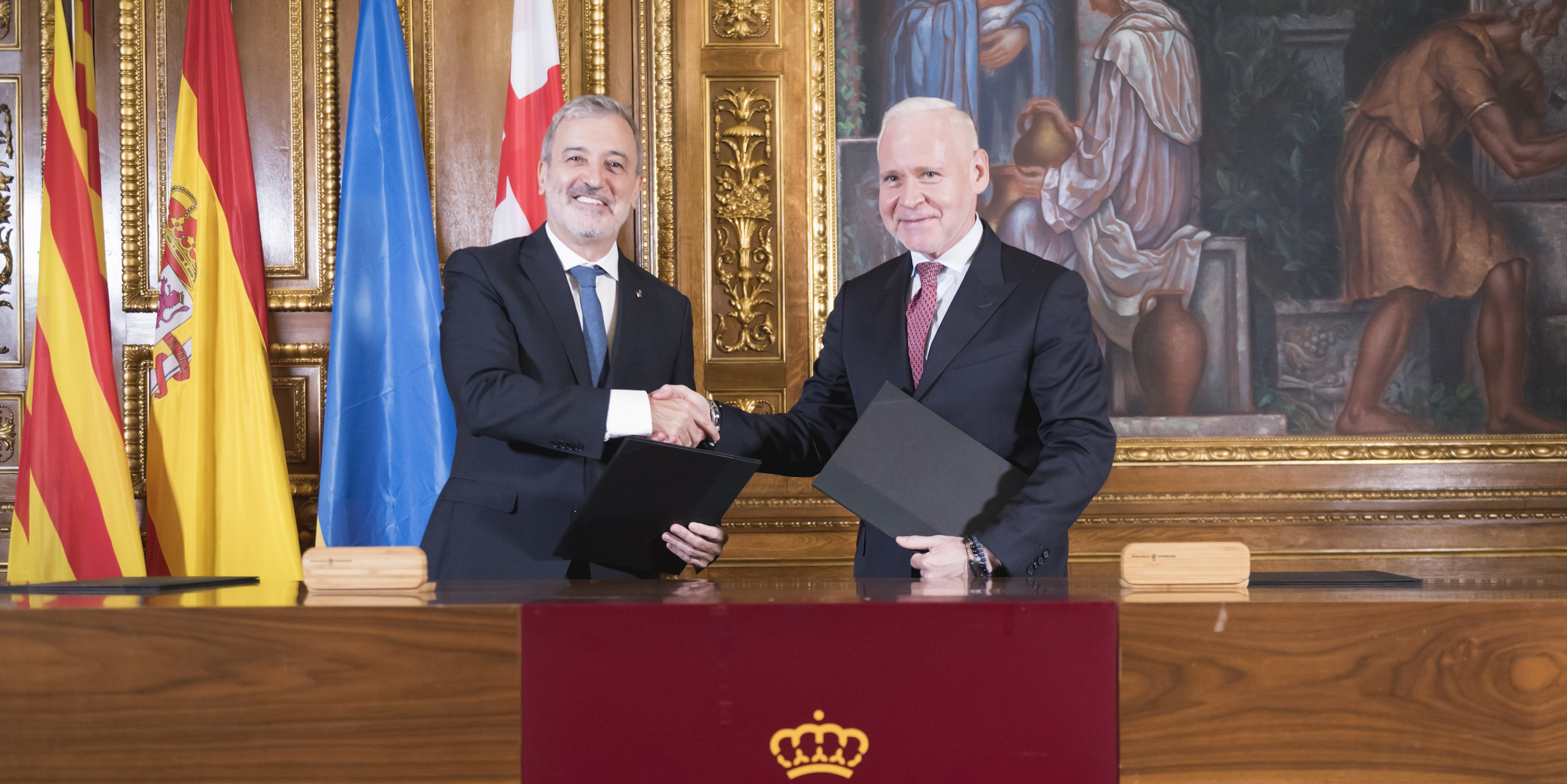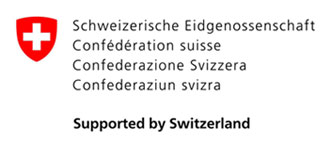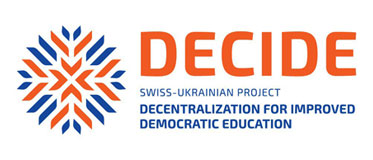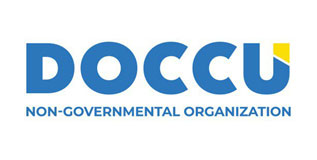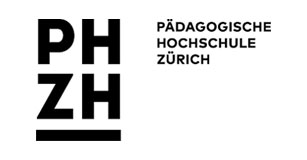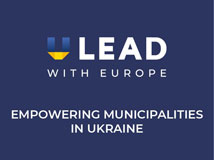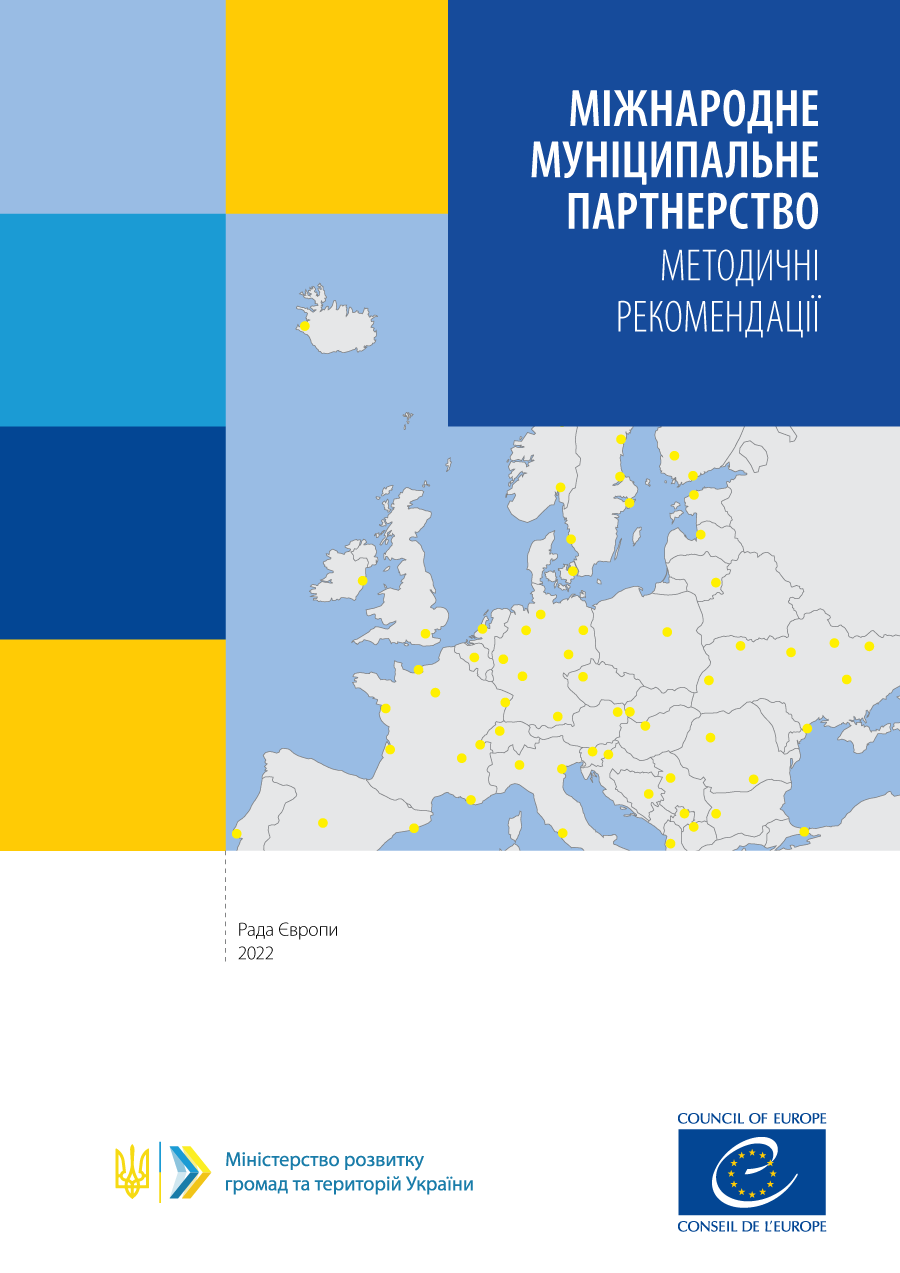
Thus, in November 2022, the Ministry in partnership with the Council of Europe Program "Enhancing Decentralization and Public Administration Reform in Ukraine" developed the "Methodical recomendations on international municipal partnership" guide, based on the Council of Europe methodology of City to City Cooperation. The "Partnership for Recovery and Development" Section of the National Portal "Decentralization" was created based on the mentioned guide and with the assistance of the Swiss-Ukrainian DECIDE project – "Decentralization for the Development of Democratic Education" and the "U-LEAD with Europe" Programme.
In this section, you can find the following information:
- With whom Ukrainian communities will maintain partnership relations. The map shows verified information on approximately 50% of Ukrainian territorial communities (as of August 2022), except for those that are currently under occupation, in a war zone or close to such a zone (link).
- How communities can build and maintain partnerships. It contains practical recommendations on how to choose partners and establish cooperation with them, how to organize the work of the relevant specialist or division, as well as information on financing international cooperation, accounting and reporting, registration of departure of delegations, examples of successful practices and much other useful information (link).
- Why is partnership important? During these difficult days, Ukrainian communities felt what the real solidarity of local self-government is. Municipalities from all over the democratic world help Ukrainian communities by sending humanitarian aid, necessary machinery and equipment, already joining the process of reconstruction in the destroyed and de-occupied communities. In many cases, those with whom partnerships have been previously established were the first to show their support. And those who lend a shoulder today are already entering into long-term partnerships with Ukrainian communities. Many more new challenges will arise for Ukrainian communities in the process of post-war reconstruction and European integration. Working together with foreign partner municipalities to overcome all these challenges makes our communities stronger and more successful.
- What is special about this page? For the first time, it contains verified information about the partnerships that Ukrainian communities have established with foreign partner municipalities today. It is not possible to receive such information about all communities by now – and this is understandable: many of them are undergoing military operations, and some, unfortunately, are under temporary occupation. But this page will be updated and expanded to include information about new partnerships communities are establishing these days. This information is available in Ukrainian and English and, we hope, will also be useful for those who are looking for partners among Ukrainian communities today.
- How can our portal help you? The guidelines presented here will help communities find answers to many questions that cast doubt on the correctness of certain decisions. There are also examples based on the experience of other communities – both large and small – that can inspire you to find more effective ways to collaborate with your partners. It also contains information about organizations, programs, and projects that help communities build and develop partnerships.
If you have any questions that require clarification, you can send them to selfgovernment.partnership@gmail.com

It contains practical recommendations on how to choose partners and establish cooperation with them, how to organize the work of the relevant specialist or division, as well as information on financing international cooperation, accounting and reporting, registration of departure of delegations, examples of successful practices and much other useful information (link).

During these difficult days, Ukrainian communities felt what the real solidarity of local self-government is. Municipalities from all over the democratic world help Ukrainian communities by sending humanitarian aid, necessary machinery and equipment, already joining the process of reconstruction in the destroyed and de-occupied communities. In many cases, those with whom partnerships have been previously established were the first to show their support. And those who lend a shoulder today are already entering into long-term partnerships with Ukrainian communities. Many more new challenges will arise for Ukrainian communities in the process of post-war reconstruction and European integration. Working together with foreign partner municipalities to overcome all these challenges makes our communities stronger and more successful.

The guidelines presented here will help communities find answers to many questions that cast doubt on the correctness of certain decisions. There are also examples based on the experience of other communities – both large and small – that can inspire you to find more effective ways to collaborate with your partners. It also contains information about organizations, programs, and projects that help communities build and develop partnerships.

For the first time, it contains verified information about the partnerships that Ukrainian communities have established with foreign partner municipalities today. It is not possible to receive such information about all communities by now – and this is understandable: many of them are undergoing military operations, and some, unfortunately, are under temporary occupation. But this page will be updated and expanded to include information about new partnerships communities are establishing these days. This information is available in Ukrainian and English and, we hope, will also be useful for those who are looking for partners among Ukrainian communities today.

The map shows verified information on approximately 50% of Ukrainian territorial communities (as of August 2022), except for those that are currently under occupation, in a war zone or close to such a zone (link).
The map shows verified information on approximately 50% of Ukrainian territorial communities (718) (as of August 2022), except for those that are currently under occupation, in a war zone or close to such a zone.
Analysis of the available information already reveals some interesting trends:
• only about half of them have partnerships with municipalities in other countries (46%);
• the total number of partnerships concluded by these communities with municipalities in other countries is 1,279. Thus, each of those communities that maintain partnerships with municipalities in other countries has established an average of 3 to 4 partnerships of this type. Regional centres are the most active in establishing partnerships, but there are also champions among the small towns. For example, the Berehove community in the Zakarpattia Region has established 65 partnerships;
• among the regions of Ukraine, the most active in establishing partnerships are those located close to the borders with European countries, primarily Zakarpattia, Lviv, Chernivtsi and Odesa Regions, where there are an average of 5-6 partnerships per community that has partners abroad;
• Ukrainian communities have established partnerships with municipalities in a total of 52 countries, including countries on all continents except Australia. For example, the Khmelnytskyi Community has a partnership agreement with the city of Aguascalientes, the United Mexican States, the Drohobych Community in the Lviv Region – with the city of Gamyang, the Republic of Korea, the Voznesensk Community of the Mykolaiv Region is friends with the city of Hessequa, the Republic of South Africa, the Odesa Community has partners in India (Kolkata), Chile (Valparaiso), Kenya ( Mombasa), Japan (Yokohama);
• Ukrainian communities have the most partnerships with Polish cities and gminas (501 partnerships, or 39% of the verified list). Hungary (122 partnerships), Germany (86), Romania (83), the Slovak Republic (56), Lithuania (50), the Czech Republic (39), Georgia (28), Bulgaria (25), Italy, Latvia and France (22 each) are also among the countries with whose communities Ukrainian municipalities are most often friends.


